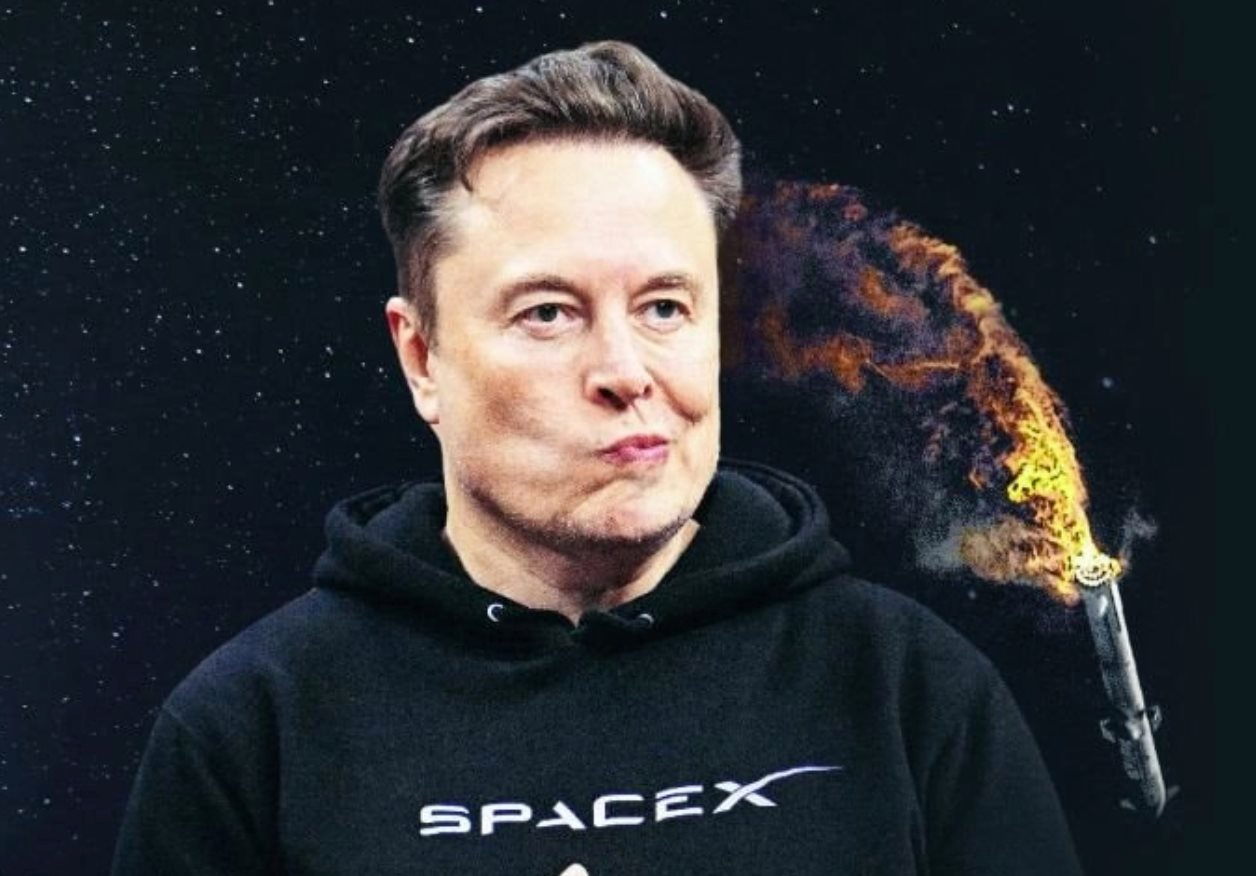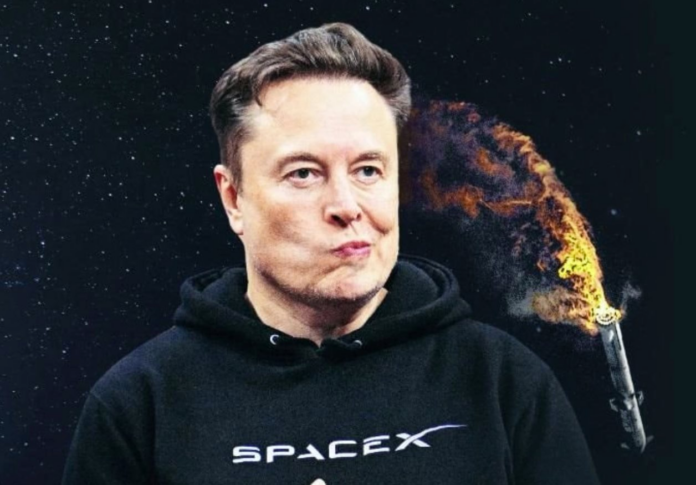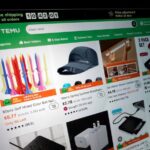The Race for Global Connectivity: Amazon’s Kuiper vs. SpaceX’s Starlink

The race for global connectivity: Amazon’s Kuiper vs. SpaceX’s Starlink
After years of effort and several disappointing delays, Amazon’s dream of delivering high-speed internet to the most remote places on Earth finally came true last month. On an April evening, United Launch Alliance’s Atlas V rocket roared off the pad at Florida’s Cape Canaveral, carrying the first operational satellites for Project Kuiper, the tech giant’s new broadband network.
Within minutes, the rocket reached speeds of over 6,400 km/h, placing 27 Kuiper satellites into an initial orbit 450 km above Earth. From here, they will ascend to their final orbit at an altitude of 630 km.
This event marked the birth of a new internet service provider – the opening salvo in a battle for the future of global connectivity between Amazon founder Jeff Bezos and billionaire Elon Musk, owner of the world’s largest satellite broadband network, Starlink, a subsidiary of parent company SpaceX. The two tech giants are now facing fierce competition from powers like China and the EU in the race to control space infrastructure.
“We are in the midst of a global space race. There will be significant implications for economic opportunities, connectivity, and national security,” said Brendan Carr, chairman of the US regulatory body, the Federal Communications Commission (FCC).
The race is taking place in low Earth orbit (LEO), up to 2,000 km from Earth. A decade ago, this was the preserve of Earth observation, scientific, and military satellites, with around 1,300 spacecraft operating in orbit. Today, thanks to SpaceX’s reusable Falcon rockets, there are over 11,000 satellites in operation, supporting everything from weather monitoring to broadband.
Experts predict that the number of satellites in LEO will rise to 100,000 in the next decade as companies, governments, and militaries rapidly exploit the potential of this new space frontier. It is the world’s insatiable demand for connectivity that is driving the boom in the LEO market.
Being closer to Earth, LEO systems offer lower latency – the time needed for a signal to travel from Earth to the satellite and back – compared to geostationary satellites. Project Kuiper is just one of several players vying for market share in this expanding business.
Some companies, including Eutelsat’s OneWeb, the world’s second-largest operating LEO network, are targeting the government and enterprise markets. Canada’s Telesat is developing Lightspeed, while others propose distinct constellations to connect mobile phones in hard-to-reach areas. At least two systems are being developed by China – Guowang and SpaceSail.
So far, Musk’s Starlink dominates. Since 2019, Musk has launched over 8,417 satellites – accounting for 39% of all satellites launched since Sputnik, the first artificial satellite to reach orbit. According to Jonathan McDowell, an astronomer, Starlink has about 7,300 operational satellites circling Earth, comprising nearly two-thirds of all active spacecraft.
Starlink’s success stems from SpaceX’s unique in-house capabilities: low costs and frequent Falcon 9 launches; a manufacturing facility producing over eight satellites per day, according to consulting firm Quilty Space.
“Starlink has both the production line and the launcher. That’s their superpower,” said Patricia Cooper, founder of Constellation Advisory.
As a result of Starlink’s speed and innovation, it has created a system that even competitors struggle to find fault with.
“It’s a good network, and it’s going to get better over time,” said Dan Goldberg, CEO of Telesat.
Currently, Starlink is providing low-latency broadband to over 5 million customers in 125 countries and is expected to generate $12 billion in revenue and $2 billion in free cash flow. Ultimately, the company aims to launch over 40,000 satellites.
The challenge for competitors is significant. Amazon will need to spend between $16 billion and $20 billion to build Kuiper, according to Quilty’s estimates. The fact that satellites need to be replaced every 5-7 years also adds economic pressure.
“There’s going to be a price war,” said an expert. “Elon Musk has never really cared about economic profitability.”
The bright outlook for Starlink is one of the main reasons why investors are eager to pump money into SpaceX. The company’s valuation reached $350 billion in December 2024 during an internal stock sale, making it the world’s most valuable private company.
This valuation has largely held steady on the secondary market this year, even as shares of Musk’s electric car company, Tesla, plunged 55% from record highs due to slumping sales. The crowd turned furious over Musk’s role in the Donald Trump administration.
With Starlink, SpaceX is vying for a share of a market worth over $1 trillion annually. The company has rapidly built a network of 7,100 satellites in low Earth orbit—capturing 62% of all active spacecraft around the planet, according to Jonathan McDowell, a space observer at Harvard. It also makes money by providing internet access to airplanes and ships and selling a military version called Starshield.
Starlink competes with companies like AST SpaceMobile and Globalstar to provide emergency mobile phone service in remote areas. Its biggest opportunity so far is high-speed civilian internet access – a market that research firm Quilty Space expects to account for 63% of Starlink’s revenue this year.
SpaceX doesn’t share financial information, but Chris Quilty, founder of Quilty Space, estimates the company is on track to grow revenue by 58% in 2025 to $12.3 billion.
“Those are astonishing numbers,” he told Forbes.
Analysts at Morgan Stanley, led by long-time Tesla speculator Adam Jonas, believe even greater achievements lie ahead. They predict that by 2030, SpaceX will rake in $65 billion in revenue and $16 billion in net profit, with Starlink accounting for 72% and 82%, respectively. They also argue that SpaceX’s growth prospects through 2026 could justify a valuation of up to twice its current $350 billion level.
Pricing is key for SpaceX as the costs of building and launching satellites are high. President Gwynne Shotwell stated last year that the company had spent over $10 billion on Starlink so far. The terminals that users must purchase to receive the service cost between $350 and $600.
Sources: Financial Times, Forbes
The E-commerce Wars: Amazon Warns Chinese Sellers Against Undercutting Prices on Temu
Amazon is facing a fierce battle to defend its home turf against the onslaught of rivals such as Temu, Shein, and TikTok Shop. The e-commerce giant, which has dominated the online retail space for decades, is now facing a formidable challenge from these emerging platforms that are quickly gaining traction among consumers. With their unique offerings and aggressive strategies, these competitors are threatening to erode Amazon’s market share and shift the landscape of online shopping. The battle for the e-commerce throne has begun, and Amazon is gearing up to protect its dominance in the face of this rising threat.
SpaceX Plans to Invest Billions in Vietnam in the Coming Years
SpaceX’s Senior Vice President, Tim Hughes, has stated that Vietnam is a highly promising market for the company’s satellite internet development plans. The corporation intends to invest billions of dollars in the country in the coming years, recognizing the potential for growth and expansion within the Vietnamese market.





















